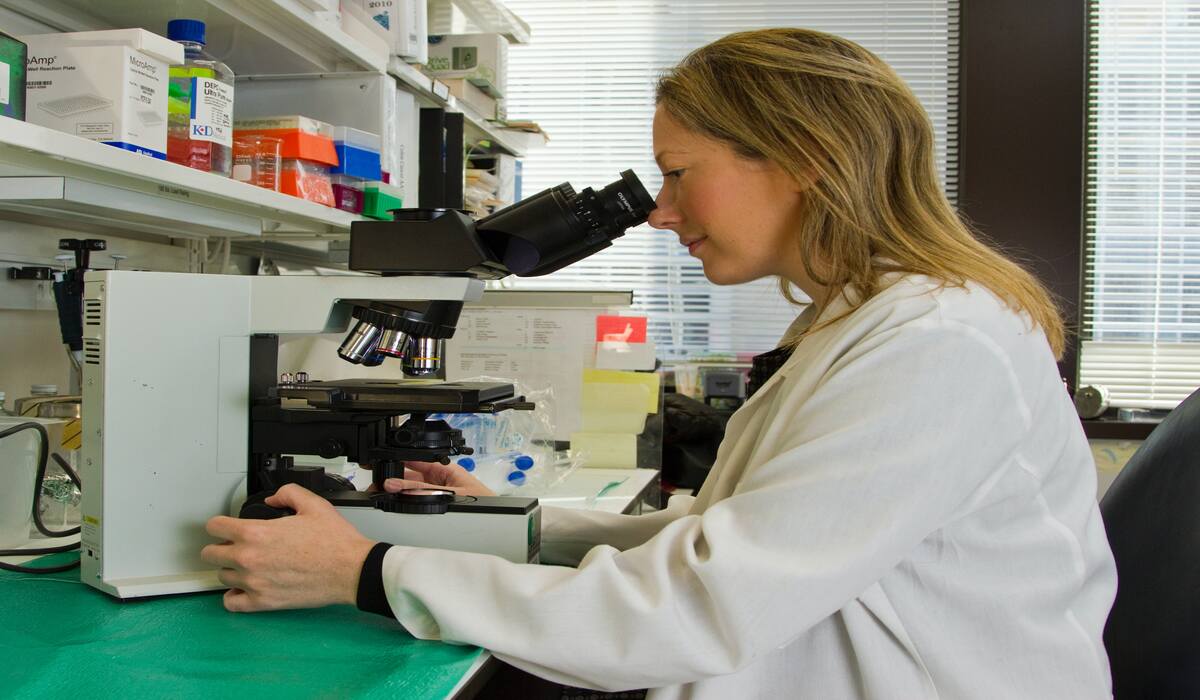Table of Contents
Without a shred of doubt, it’s apparent that the rapid transformations taking root globally apply to drug testing’s domain just as emphatically. The era, where clinical labs held sole power to conduct drug tests, has indeed receded into oblivion. Now, one can administer these tests within the cozy confines of their own dwelling. Therefore, let’s venture forth to understand this subject more thoroughly, allowing you to make a knowledgeable decision when utilizing these drug tests at home.
Types of Home-Based Drug Tests
The panorama of home-based drug tests on the market today is strikingly diverse, with urine, saliva, and hair tests emerging as the common contenders. Each harbor unique benefits and potential limitations.
Equipment like drug test cups, cleverly conceived as complete testing kits, offer immense convenience. But merely recognizing the types doesn’t suffice. One has to delve into their workings to truly comprehend the results they deliver.
General Principles of Drug Testing
Guiding drug tests of any kind is the central principle of detecting drug metabolites within the provided specimen – whether it’s urine, saliva or hair. But, what are metabolites? Essentially, these are the remnants that the body discards after processing a substance.
The presence of drug metabolites exceeding a particular limit signifies a probable positive test. Grasping this fundamental concept paves the way for accurate interpretation of results. Yet, how does one administer the test itself?
Steps in Conducting Home Drug Tests
Executing a home drug test is largely uncomplicated. The first step involves a careful perusal of the accompanying instructions, followed by sample collection in the prescribed manner. To attain precise results, uncontaminated samples are a prerequisite.
For instance, in a urine drug test using cups, the sample is collected, sealed, and then the results appear within a few moments. But how does one make sense of these results?
Interpreting Test Results: Positive vs. Negative
The interpretation of results, although it varies among different tests, fundamentally revolves around a binary outcome – positive or negative. ‘Positive’ signifies the presence of the tested drug, while ‘negative’ testifies to its absence. In the context of billing for these services, it’s important to know the CPT code for drug tests.
It’s crucial to bear in mind, however, that these results might carry a margin of error and could be influenced by numerous factors, causing possible false positives or negatives.
Factors Influencing Test Accuracy
Home-use drug tests provide the benefit of personal testing, yet on occasion, their dependability may come under scrutiny due to an array of factors involved. This was underscored in a study published in the Journal of Clinical Chemistry in 2008.
The study unfolded an intriguing situation where ordinary poppy seeds, a common addition to multiple types of bread, triggered an incorrect opiate positive during a home-drug test. Certain foods or medication intake can distort the outcomes, culminating in deceptive positives.
Inversely, those undergoing tests could try to fool the system, producing false negatives. For instance, they may dilute their urine samples to distort results. Consequently, considering these potential disruptors is crucial when reviewing test findings
Legal and Ethical Considerations
Furthermore, it’s critical that these home-based drug tests are used judiciously and ethically. It’s vitally important to respect privacy and ponder the potential mental effects that these tests could have, particularly when they implicate loved ones or friends.
Legally speaking, these tests, when administered for employment or legal circumstances, might not hold up in court. It is wise to seek legal counsel and follow proper chain-of-custody drug testing protocols in such situations.
Risks and Safeguards Associated with Home Drug Testing
Although home drug tests offer privacy, they can carry risks like misinterpretation, leading to false negatives or positives. Understanding the detection window for each drug is critical. It’s also advisable to procure quality kits from reliable providers, and to approach positive outcomes with calm and respect.
Implications of Home-Based Drug Tests
Home drug tests can serve as armors protecting children, serve to screen employees, and offer a framework for personal responsibility or rehabilitation. In dubious circumstances, feel free to seek advice from healthcare professionals, substance abuse counselors, or legal experts.
Importance of Supplementing Home Drug Testing with Professional Assistance
While home drug tests offer convenience, they should by no means replace professional testing. Positive home test results should be corroborated by professionals to negate any errors, as certain medications can induce false positives, like a 2016 case that wrongfully signified the usage of methamphetamine due to a decongestant.
Conclusion
Home drug tests can serve as a beneficial first step, yet they aren’t infallible and should not supplant professional expertise, particularly in the event of a positive result. Harness them as a part of a comprehensive strategy founded on trust, transparency, and treatment. Implemented judiciously, they can assist in managing substance abuse problems adeptly.
Photo by National Cancer Institute on Unsplash


